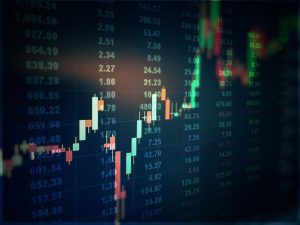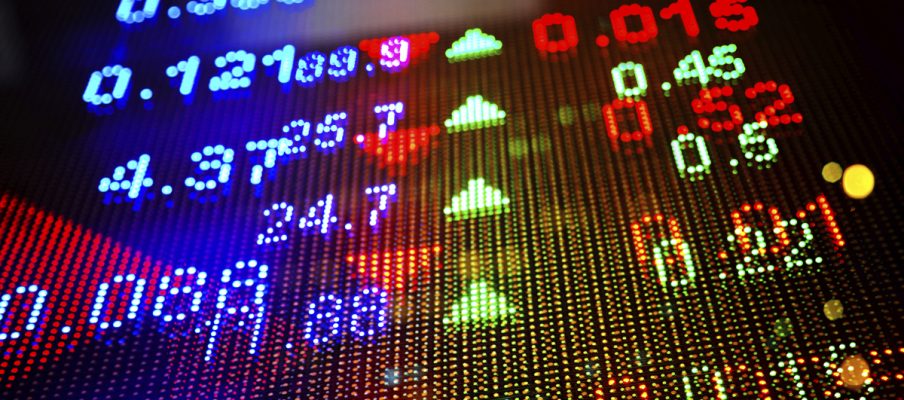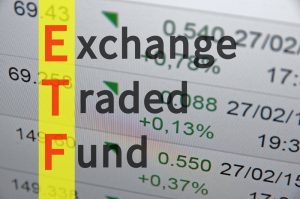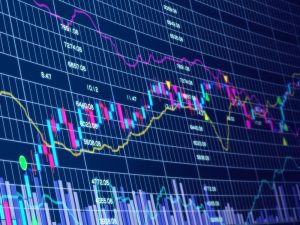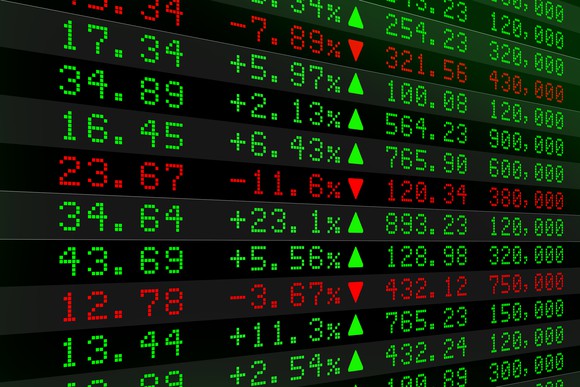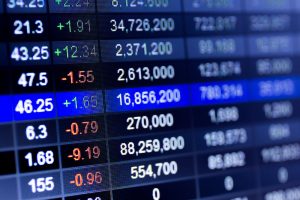Planning for your retirement is essential to your future quality of life. Educating yourself now on long-term investments is a great start to creating a stable future for yourself and your loved-ones. When researching ways to plan for your financial future, it is likely that you have come across the terms “Financial Advisor,” or “Investment Advisor.” These are terms referencing the professionals that will guide you in your investments. So how do you find the right financial advisor for you? Start by asking these 10 questions to your potential financial advisors.
Key Points of this Article:
- Do not settle. Research and investigate financial professionals to find the right fit for you, since you will be building a long-term relationship with them.
- Recommendations and guidance are basic services that you should be seeking when hiring a financial advisor.
- Every financial advisor has a different pay rate and method. Some charge by the hour, others charge an annual retainer, and some simply charge a fixed percentage.
To ensure the financial professional you choose will give you the services and advice that best suits your financial goals, you need to ask the right questions. This can be a lengthy process if you find you must interview several advisors to get the answers that you need, but your quality of life in the future will be worth the work.
What is your philosophy on investments?
Although this sounds like a complex question, your financial advisor should be able to deliver an answer that is thorough but put in simple enough terms for you to understand. Listen closely and make sure that part of their investment philosophy includes how you will reach your financial goals through the discipline of patience with investment strategies. Your advisor should also have the philosophy that it is part of their job to make you feel at ease when market fluctuations happen because they have educated you on tax laws.
Are you a Fiduciary?
The answer you should be hoping for when asking this question, is “Yes.” By definition, a fiduciary has a legal duty that obligates them to act in the best interests of the other party. This means that all the investments your advisor points you towards are primarily in your best interest, not theirs. In short, a fiduciary always puts your financial needs above their own.
How will you contact me about my investments?
Your financial advisor should be updating you on a quarterly basis about your investments along with your portfolio status. A good financial advisor will make sure you are informed of every transaction, purchase or sell that is made on your behalf, and they should inform you in a way that works best for you. These can be emails or statements mailed directly to you, in addition to the option of meeting in person or over the phone with them to discuss your concerns.

Are my investments and money held by your firm?
The answer to this question should be no. An ethical financial advisor should contract with a custodian (the custodian can be owned by the firm or be a third party) such as Charles Schwab or Ameritrade to hold your assets, collect interest and dividend payments or to make distributions.
If something happens to you, what happens to my investments?
There are several reasons that your financial advisor may no longer be able to serve you. They should be able to answer this question with ease, explaining in enough detail that you feel comfortable with the level of thought and planning they have put into the possibility of them not being able to work with you in the future.
How do you get paid?
Find out if your financial advisor requires payment by the hour, annually or by a percentage based on your assets. If you feel that their fees are higher than you expected, you should compare their services and prices with other advisors in their field. Sometimes a higher fee can be a good thing, meaning that their quality of service is better than most or, it could mean that they are guiding you into purchasing products with higher fees as is often the case with commission-based advisors.
What is your favorite part of your job?
This question may seem like fluff or small talk, but it can be an important marker in how hard your financial advisor will work for you. People who enjoy their profession and have a passion for the purpose of their job, tend to serve their clients better and for longer periods of time. Pay attention to not only what they are saying about their job, but about how they are saying it. Are they making eye contact and smiling when they tell you? Or do they seem frustrated, uninterested, or distracted?
Can you provide me with a complete list of your services?
A financial advisor should have a comprehensive list of all their services so you can choose the services you will require. An example of some of those services are helping you:
- Pick the right investments for your goals.
- Identify how much money you will need to retire.
- Develop a strategy for how you will reach your goals.
- Make plans for your personal long-term care.
- Manage your current expenses.
- Manage your retirement expenses.
What is your educational background?
Your financial advisor should have and an advance retirement-planning and advance financial education. There are verification sites like Designation Check to make sure your advisor is legit. Some certifications you should look out for are Retirement Income Certified Professional (RICP) and Certified Financial Planner (CFP).
Is there anything else I need to ask you?
This is a great question to end your interview with because it tells you a lot about the level of interest your financial advisor has in working with you. If there is something of importance that you did not mention in your previous questions, your advisor should be eager to discuss this with you.
The Take Away:
Being educated in the correct questions to ask a potential financial advisor is the first step towards an excellent quality of life in your golden years. If you have a partner you plan to retire with, make sure to involve them in the interview process as well. Both of you should feel confident in who you choose to trust with your long-term financial goals.

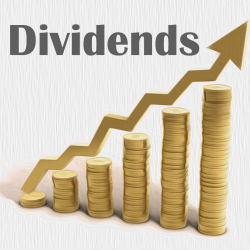






 Currently, the stock company has about 3200 trading companies and its trading shares takes place in different kinds of companies including:
Currently, the stock company has about 3200 trading companies and its trading shares takes place in different kinds of companies including:

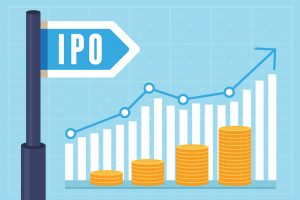
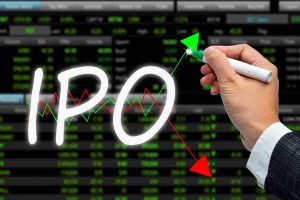


 Types of Brokers
Types of Brokers

